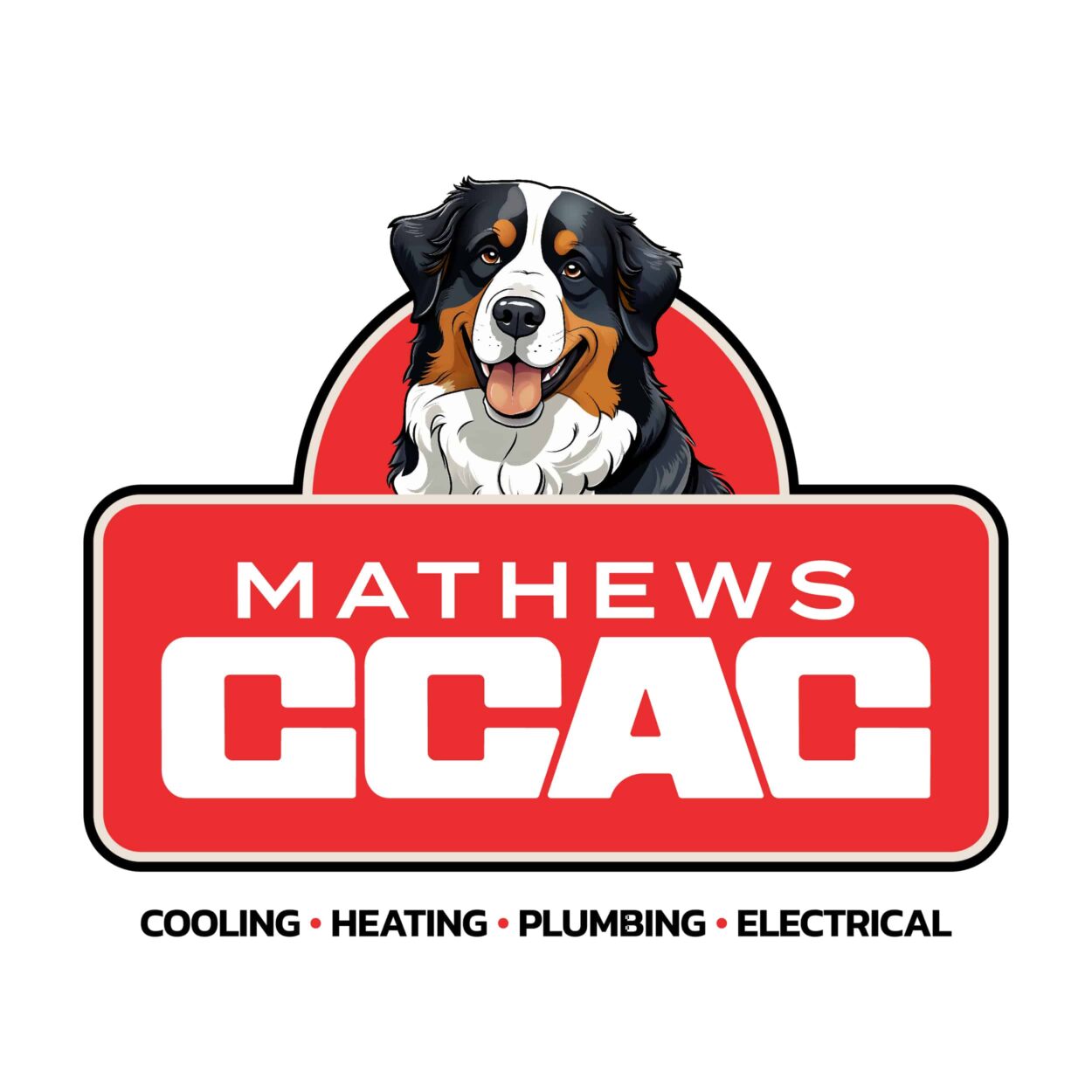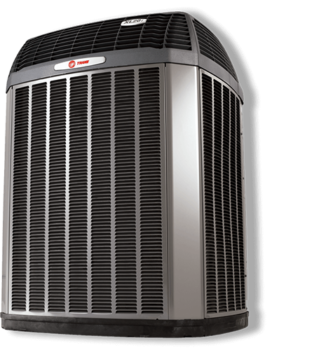Moisture control in the home means controlling the flow of air. Wherever air goes, it’s accompanied by water vapor contained in the air as humidity. More than 98 percent of moisture in the home comes from infiltration of humid air from unconditioned areas such as the attic or crawl spaces. Humid air leaking through a single half-inch hole can introduce as much as 50 pints of water into your interior air during one season. Insulation in attics and crawl spaces retards heat transfer. However, insulation has little effect on direct air leakage and the increased humidity that results from it. Using caulk and weatherstripping as well as other materials to physically plug leaks that admit air from your attic is a key strategy for moisture control.
Here are some guidelines for sealing your attic:
- Start with the largest holes. The stud cavities inside walls where they intersect with the attic floor and the space behind attic kneewalls are prime candidates for leakage. These recesses can be sealed with plastic garbage bags filled with fiberglass insulation, folded and stuffed into the space as long as they fit tight. Another option is cutting foil faced foam board and fitting it tightly into the space then caulking or foaming the edges.
- Dropped ceiling recesses, another leak opportunity, are often filled with insulation but are leaking air underneath it. After the insulation is scooped out, a piece of rigid foam board insulation or a segment of reflective foil can be cut to size and placed over the recess, then sealed with caulk.
- Recessed can lights can be a big factor in air leakage from the attic. Make sure your lights are sealed, if not most can be retrofitted with a light sealing kit.
- Seal air leaks around the penetration points of plumbing vents and electrical wires with caulking. If the air gap is larger than a quarter-inch, use expanding spray foam in a can.
- The gap between the ductwork and the sheetrock at each supply and return penetration for the air conditioning ducts needs to be sealed with caulk. Take the grilles down and caulk the gap. This gap can cause a siphoning of air, dust, and humidity from the attic whenever the A/C is running.
- Close the gap around the attic hatch or pull-down access stairs with adhesive foam weatherstripping tape or install an attic tent to cover the attic stairway.
At Mathews CCAC Inc., we’re Constantly Concerned About Customers — Serving the homeowners of Corpus Christi and the Coastal Bend. We have a lot more Tips for effective moisture control in your home and office. Call us today.
Our goal is to help educate our customers in Corpus Christi, Texas about energy and home comfort issues (specific to HVAC systems). For more information about moisture-control tips and other HVAC topics, download our free Home Comfort Resource guide.
Image courtesy of Shutterstock












